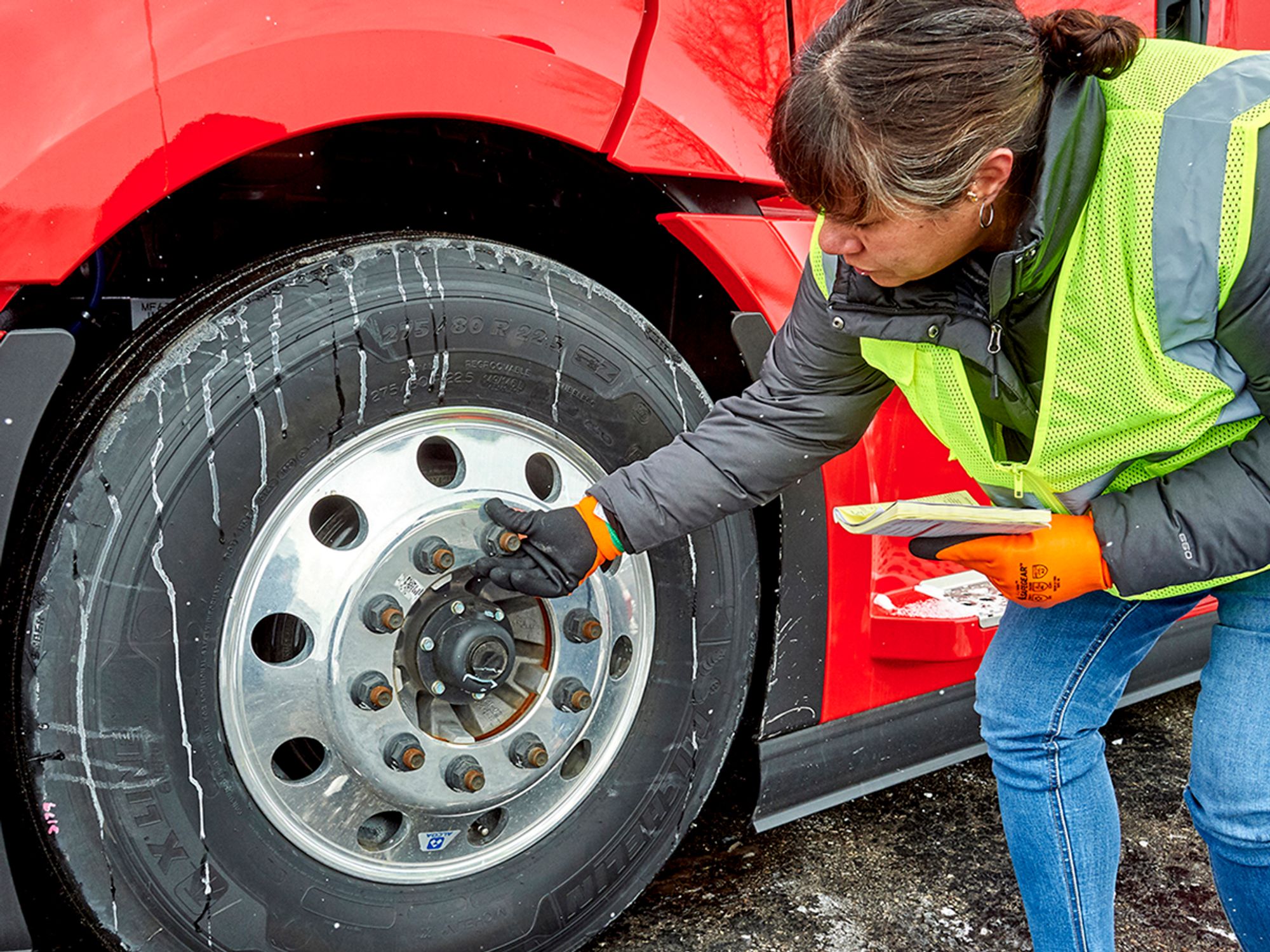DVIR best practices

- Each driver should submit a driver’s vehicle inspection report (DVIR) at the end of each day for each vehicle operated that day.
- DVIRs must be retained by the motor carrier for three months.
- The motor carrier should file DVIRs by vehicle number and date as this is how DVIRs will be requested by an inspector during an audit.
The following are recommended best practices for the DVIR completion, handling, and document retention process:
- Each driver completes and submits a DVIR when done operating each vehicle for the day.
- When a safety-related defect is discovered and noted on a DVIR, the preparing driver signs and immediately submits a copy of the DVIR to the company maintenance facility (or, if on the road, the driver would call or otherwise message the maintenance facility to report the defect). A carrier official (normally a maintenance person) must make or oversee all repairs (or indicate the repairs are unnecessary), and then indicate this by signing the DVIR. If the driver oversaw or performed the repairs (such as what might occur if a driver spends the night on the road), the driver can sign the report as the carrier official.
- The next driver to pretrip inspect the vehicle reviews the DVIR and signs it, acknowledging that any necessary repairs were completed (or unnecessary). If there were no defects noted, the driver reviews the DVIR and turns it into the company for retention without signing it. This step applies even if the next driver is the driver that completed the DVIR initially.
- The company must retain the DVIR for three months. It is best to file DVIRs by vehicle unit number and in date order (this is how they will be asked for during an audit).
Commonly used DVIR routing processes
Leaving the last DVIR in the vehicle — While not required by the regulations, some carriers have their drivers leave the last DVIR in the vehicle. This allows the next driver to quickly determine if the vehicle had any defects and if it will be necessary to sign the previous DVIR.
System of slots or clips for each unit — Some carriers equip each unit with a slot or clip for holding DVIRs. The driver needs to locate (and sign, if necessary) the last DVIR in the unit’s slot or clip. After reviewing and/or signing the DVIR, the driver places the report in a “completed” bin or returns it to the slot or clip.
Using the driver’s record of duty status or ELD — Many carriers integrate their DVIRs into their drivers’ records of duty status (logs) or electronic logging devices (ELDs). With paper logs, drivers are typically held responsible for securing the required signatures before submitting the completed log/DVIR (i.e., the driver must submit the log/DVIR to maintenance, reacquire it from maintenance, then resubmit it once all signatures are in place). With ELDs, the software takes care of routing the DVIR through to completion. The log/ELD/DVIR system works best at carriers that operate assigned equipment. There are a couple of warnings related to this practice:
- First, placing the DVIR onto the driver’s paper log changes the retention from three months to six, as this is how long the log portion of the combined from must be retained.
- Second, you must be able to locate DVIRs through drivers’ names (which is how logs are filed). This means having a cross-referencing system that allows the locating of a requested DVIR based on the unit number and driver’s name.
